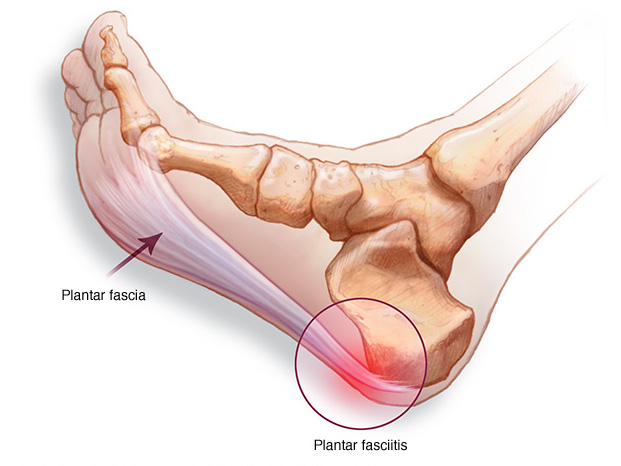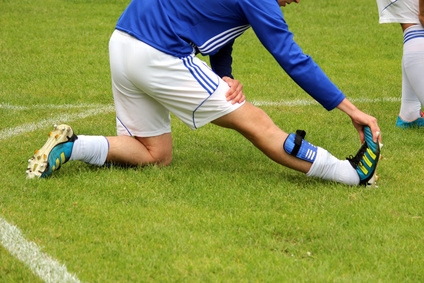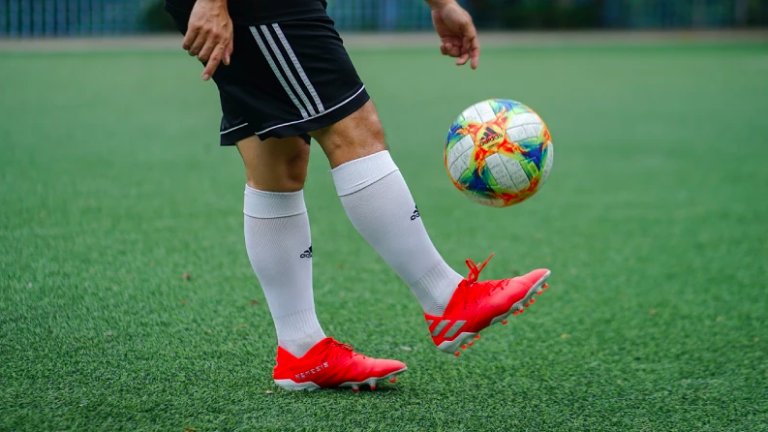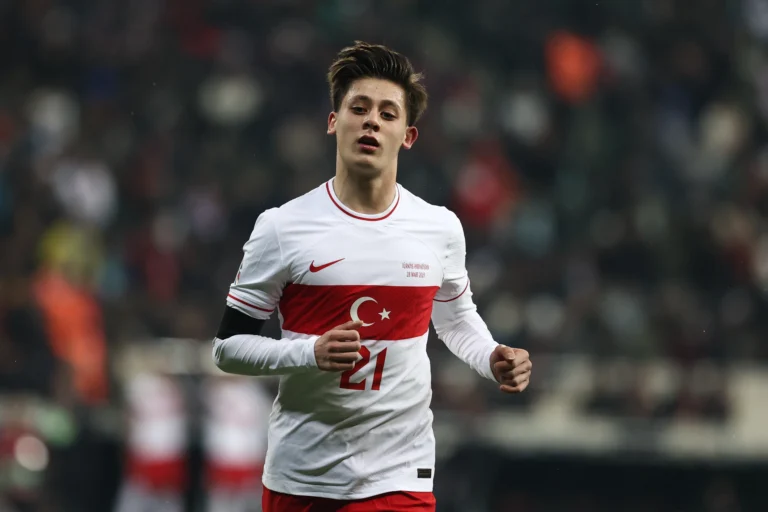Heel Pain in Soccer Players-Causes, Prevention, and Treatment
Soccer is a popular sport played and enjoyed by millions of people around the world. However, like any physical activity, it can lead to injuries, including heel pain, which is a common ailment among soccer players. Heel pain can be debilitating and affect a player’s performance on the field. In this article, we will explore the causes of heel pain in soccer players, strategies for prevention, and effective treatment options.
Causes of Heel Pain in Soccer Players
Plantar Fasciitis

Plantar fasciitis is a condition that results from the inflammation of the plantar fascia, a thick band of tissue that connects the heel bone to the toes. The repetitive running, jumping, and sudden changes in direction that soccer players experience can strain the plantar fascia, leading to pain in the heel.
Soccer players are at risk of developing plantar fasciitis due to the repetitive stress and strain placed on their feet during training and games.
How soccer players can prevent plantar fasciitis
Proper Footwear:
Invest in high-quality soccer cleats that provide good arch support and cushioning. Ensure they fit well and replace them when they become worn out.

Before games and training sessions, perform stretching exercises that target the calf muscles, Achilles tendon, and plantar fascia. This can help improve flexibility and reduce the risk of injury.
Strengthening Exercises:
Incorporate exercises that strengthen the muscles in your feet and lower legs. This can help stabilize the arch of your foot and reduce stress on the plantar fascia.
Gradual Progression:
Avoid sudden increases in training intensity or volume. Gradually increase your activity levels to give your feet time to adapt to the demands of soccer.
Proper Technique:
Pay attention to your running and kicking technique. Improper form can place excessive strain on the plantar fascia. Seek guidance from a coach or trainer to ensure you’re using the correct technique.
Treatment
Rest and Activity Modification:
The first and most crucial step in treating heel pain is to rest and modify your activities. This involves reducing or eliminating activities that exacerbate the pain, such as soccer practices and matches. Giving the affected heel time to heal is often the most effective treatment.
Physical Therapy:

Physical therapy is a highly effective treatment option for heel pain in soccer players. A physical therapist can design a customized rehabilitation program that includes stretching and strengthening exercises to improve flexibility and strength in the affected area. This can help alleviate pain and prevent future injuries.
Orthotic Inserts:
Orthotic inserts, whether custom-made or over-the-counter, can provide much-needed support and cushioning to the heel. They help distribute pressure evenly and reduce strain on the plantar fascia or Achilles tendon, depending on the source of the pain.
Properly fitted orthotics can significantly improve comfort and promote healing.


